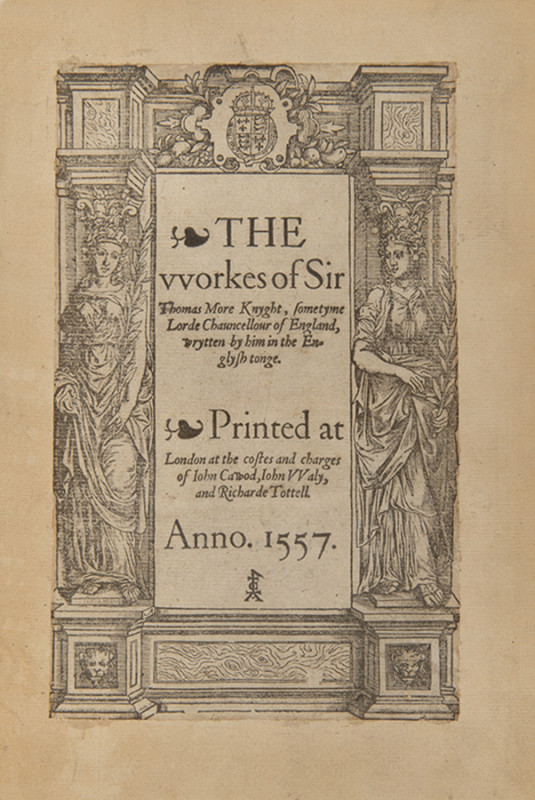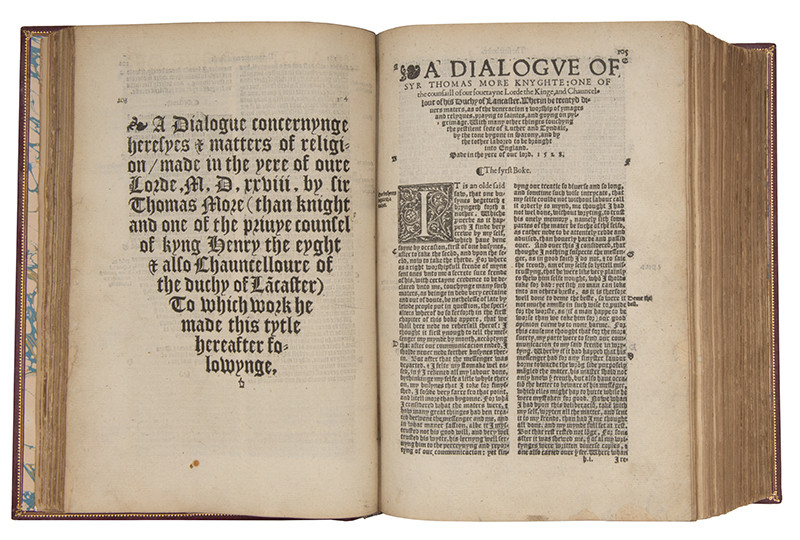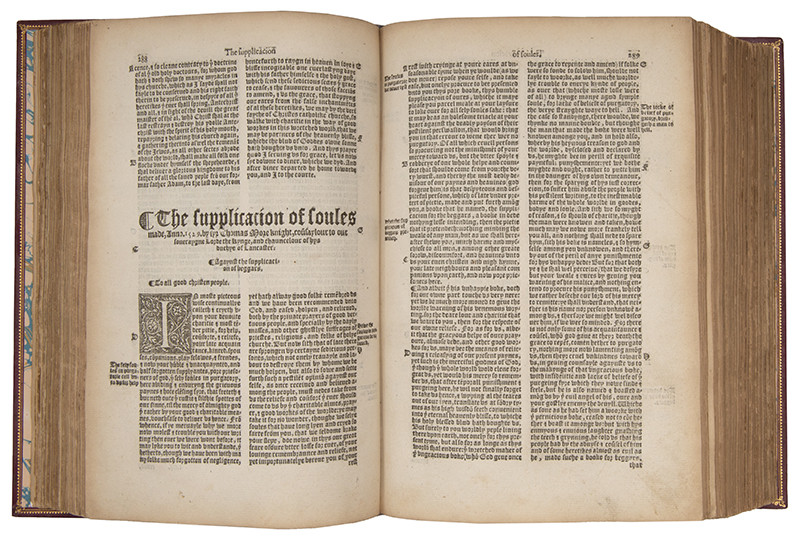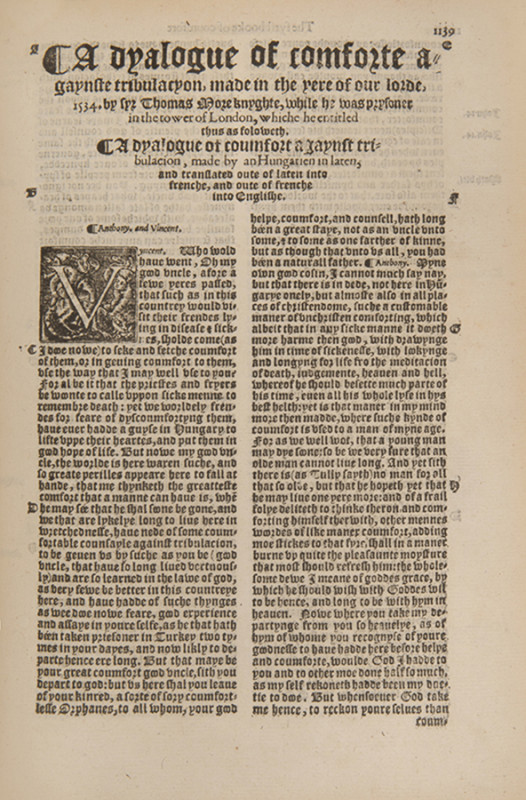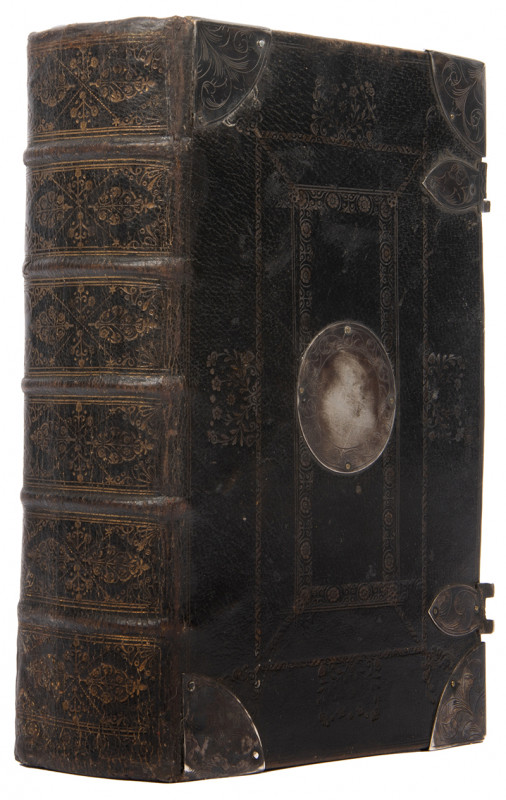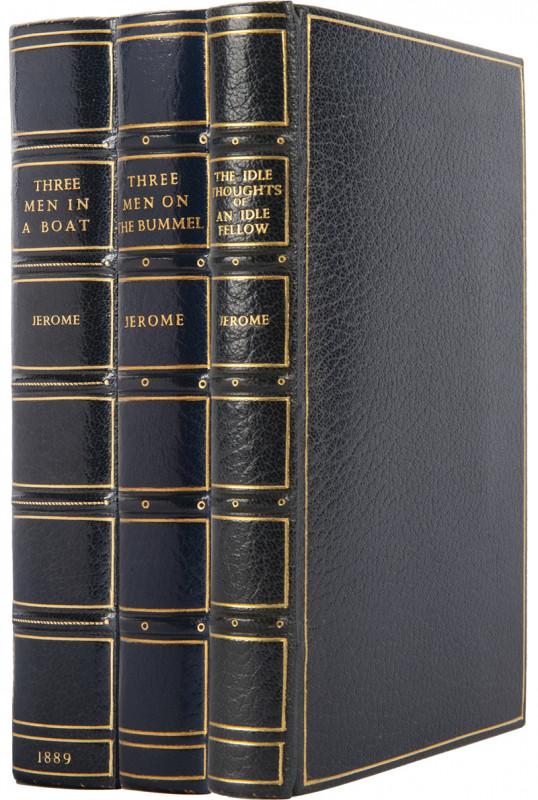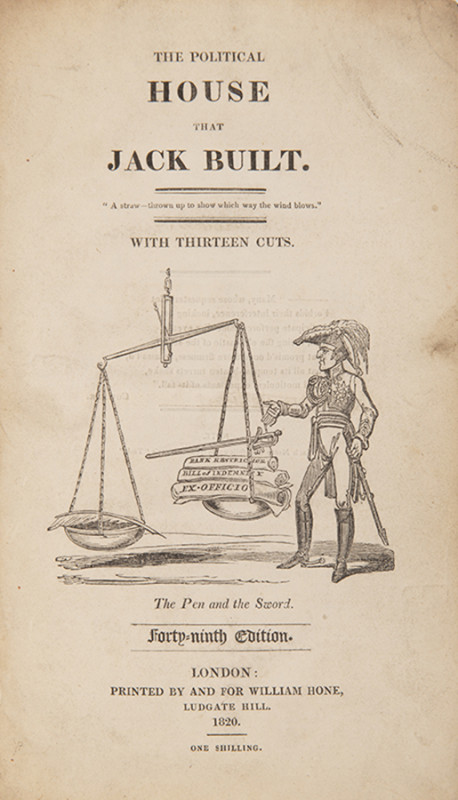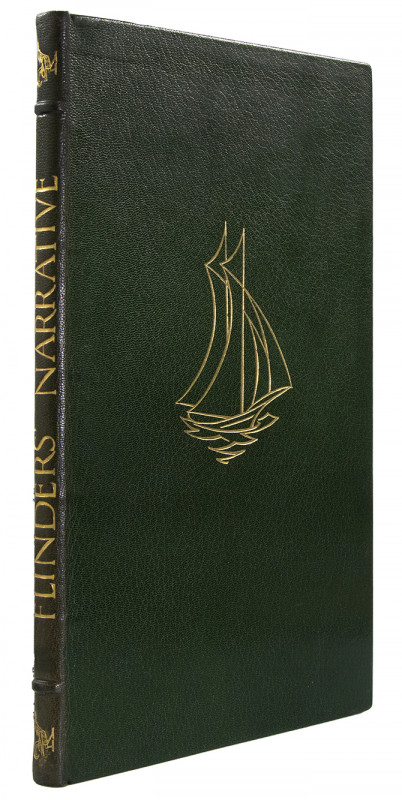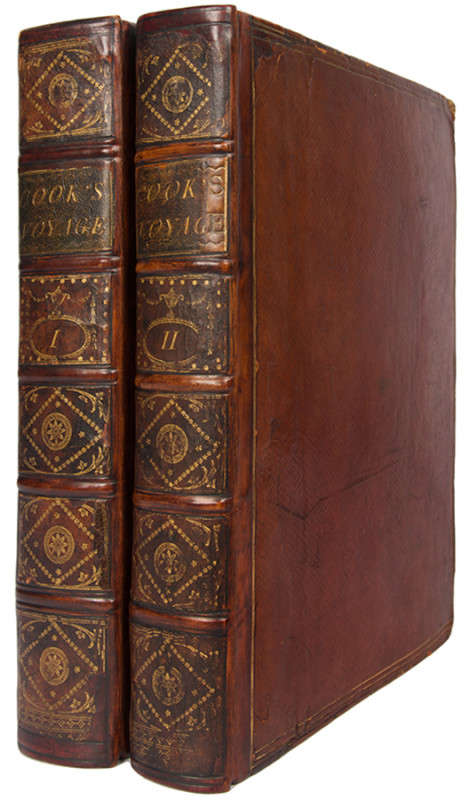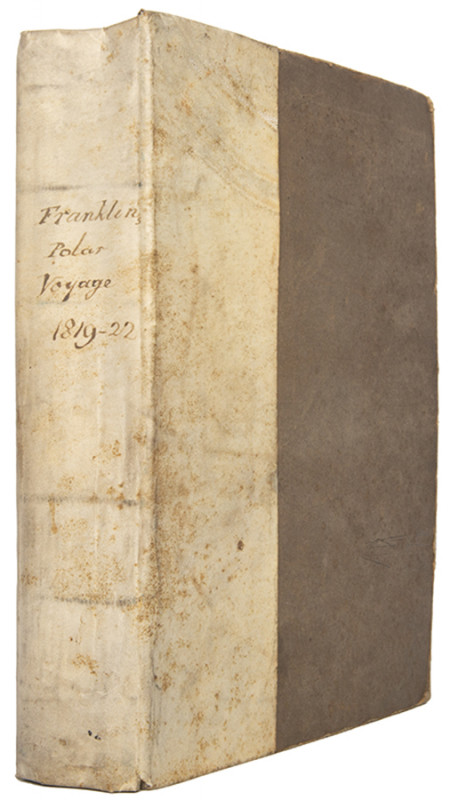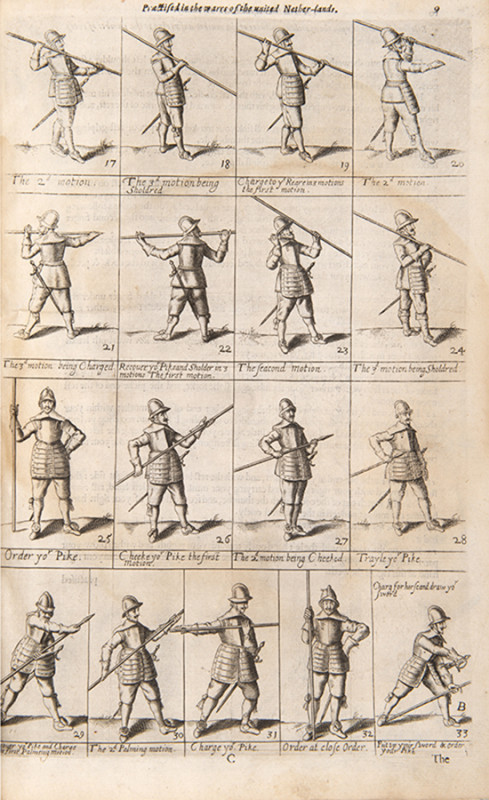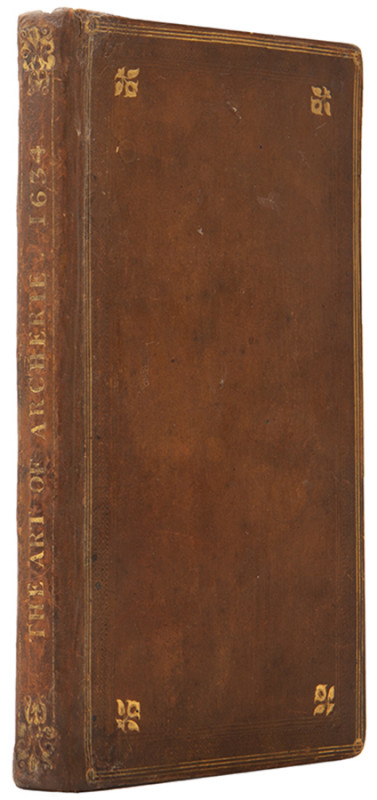The Workes of Sir Thomas More Knyght, sometyme Lorde Chauncellour of England, wrytten by him in the Englysh tonge.
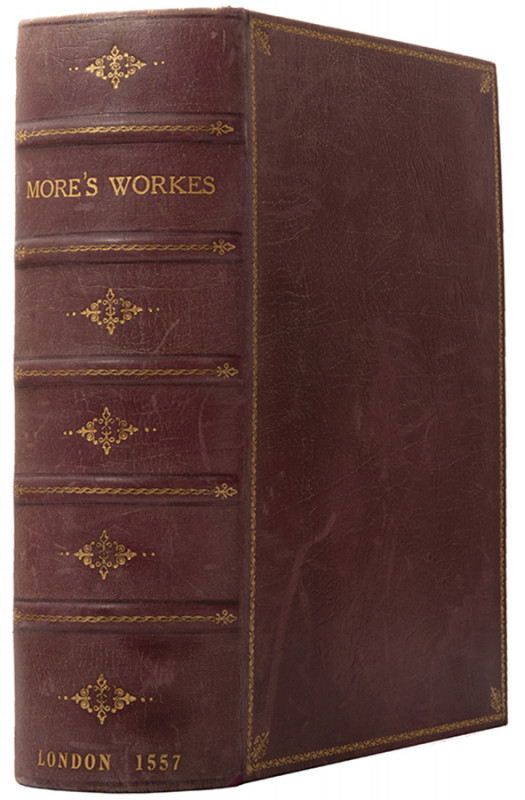






Book Description
First collected edition; small folio (28.4 x 20 cm); title within woodcut border with the Queen's arms in top compartment and female figures with olive branches at sides, woodcut initials, black letter, double column, with the inserted leaf between CC5 and CC6, title cut to edge of image and laid in to new sheet, restoration to margins (occasionally grazing but not affecting text), light soiling, slight toning to leaves, scattered minor worming, lacking final blank; 20th-century burgundy morocco gilt, spine with 5 raised bands, spine lettered in gilt, inner dentelles gilt, all edges gilt, marbled endpapers, one or two scuffs, otherwise a handsome copy; [36], 88pp, 89-104 (columns), 105-1138, [2], 1139-1458pp.
Dealer Notes
The first collected edition of Sir Thomas More’s (1478-1535) English works, from his youthful sallies to the last tragic lines penned in coal dust to his daughter Margaret whilst prisoner in the Tower awaiting execution for high treason.
Printed in 1557 during the brief period of Catholic revival under Mary I (1553-1558), to whom the book was dedicated, The Workes of Sir Thomas More Knyght was edited and arranged in chronological order with marginal notes by More’s nephew William Rastell (1508-1565). An invaluable resource for More’s life, the book includes writings such as the unfinished History of king Richard the thirde, not published during the author’s lifetime, which may otherwise have been lost to record. The text had appeared earlier in corrupted form in John Hardyng’s Chronicle and Edward Halle’s The Vnion of the Two Noble and Illustre Famelies of Lancaster & Yorke, and would go on to serve as an important source for the later Tudor chroniclers Holinshed and Stow, as well as influencing Shakespeare’s play.
The remaining work is largely devoted to theological debate, including More’s infamous exchange with the prominent reformer William Tyndale, who was executed for heresy in 1536. The Workes also preserve More’s last letters written in the Tower of London whilst awaiting execution for treason. Writing movingly to his daughter Margaret on the 5th July 1535, the eve of his death, More noted ‘tomorow long I to go to god: it were a day verye mete and conuenient for me. I neuer liked your maner toward me better, than when you kissed me laste, for I loue when doughterly loue and deere charitye, hath no leasure to loke to worldlye curtesye, fare well my dere chylde, and pray for me, and I shall for you and all youre frendes, that we maye merelye mete in heauen’ (pp.1457-1458).
Printed in 1557 during the brief period of Catholic revival under Mary I (1553-1558), to whom the book was dedicated, The Workes of Sir Thomas More Knyght was edited and arranged in chronological order with marginal notes by More’s nephew William Rastell (1508-1565). An invaluable resource for More’s life, the book includes writings such as the unfinished History of king Richard the thirde, not published during the author’s lifetime, which may otherwise have been lost to record. The text had appeared earlier in corrupted form in John Hardyng’s Chronicle and Edward Halle’s The Vnion of the Two Noble and Illustre Famelies of Lancaster & Yorke, and would go on to serve as an important source for the later Tudor chroniclers Holinshed and Stow, as well as influencing Shakespeare’s play.
The remaining work is largely devoted to theological debate, including More’s infamous exchange with the prominent reformer William Tyndale, who was executed for heresy in 1536. The Workes also preserve More’s last letters written in the Tower of London whilst awaiting execution for treason. Writing movingly to his daughter Margaret on the 5th July 1535, the eve of his death, More noted ‘tomorow long I to go to god: it were a day verye mete and conuenient for me. I neuer liked your maner toward me better, than when you kissed me laste, for I loue when doughterly loue and deere charitye, hath no leasure to loke to worldlye curtesye, fare well my dere chylde, and pray for me, and I shall for you and all youre frendes, that we maye merelye mete in heauen’ (pp.1457-1458).
Author
MORE, Sir Thomas.
Date
1557.
Publisher
John Cawood, John Walley, and Richard Tottle, London,
Friends of the PBFA
For £10 get free entry to our fairs, updates from the PBFA and more.
Please email info@pbfa.org for more information
